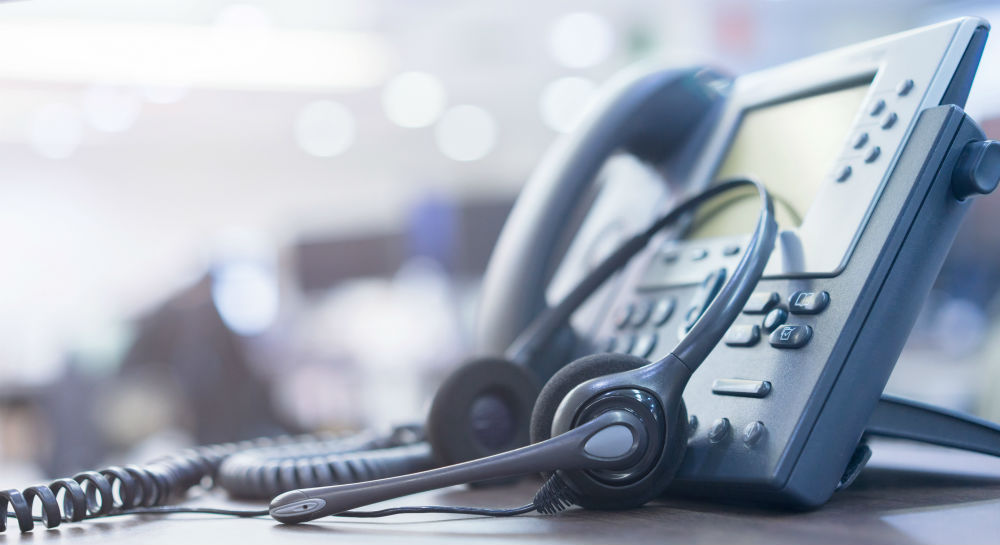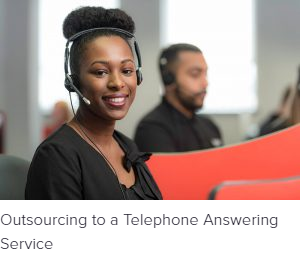All Categories
Featured
Table of Contents
- – What Are The Top 10 How Does An Answering Servi...
- – What Is The Best How Outsourced Phone Answerin...
- – When Are The Best Telephone Answering Service ...
- – What Is The Best Top Answering Service In Aus...
- – What Is The Best What Is A Telephone Answerin...
- – What Is The Best Telephone Answering Service...
What Are The Top 10 How Does An Answering Service Work??
This device and its successors were created by Sava Jacobson, an electrical engineer with a private consulting company. While early answering makers utilized magnetic tape innovation, the majority of modern devices uses solid state memory storage; some devices use a combination of both, with a solid-state circuit for the outbound message and a cassette for the incoming messages.
"toll conserving" listed below) (phone call answering). This works if the owner is screening calls and does not want to talk with all callers. In any case after going, the calling celebration should be informed about the call having been answered (most of the times this starts the charging), either by some remark of the operator, or by some greeting message of the TAD, or dealt with to non-human callers (e.
This holds especially for the Little bits with digitally kept welcoming messages or for earlier machines (prior to the increase of microcassettes) with an unique endless loop tape, separate from a 2nd cassette, devoted to recording. There have actually been answer-only gadgets without any recording abilities, where the greeting message needed to inform callers of a state of current unattainability, or e (local phone answering service).
What Is The Best How Outsourced Phone Answering Service Can Help Your ...?

about accessibility hours. In taping Little bits the welcoming usually consists of an invitation to leave a message "after the beep". An answering device that utilizes a microcassette to tape-record messages On a dual-cassette answerphone, there is an outgoing cassette, which after the specified number of rings plays a pre-recorded message to the caller.

Single-cassette voice mail consist of the outgoing message at the beginning of the tape and incoming messages on the remaining area. They initially play the announcement, then fast-forward to the next readily available space for recording, then tape-record the caller's message. If there are numerous previous messages, fast-forwarding through them can trigger a considerable delay.
This beep is frequently described in the welcoming message, asking for that the caller leave a message "after the beep". TADs with digital storage for the tape-recorded messages do disappoint this hold-up, obviously. A little may provide a push-button control facility, where the answerphone owner can call the house number and, by entering a code on the remote telephone's keypad, can listen to tape-recorded messages, or erase them, even when far from home.
When Are The Best Telephone Answering Service - Dexcomm - U.s. Based Deals

Consequently the maker increases the number of rings after which it responds to the call (normally by two, resulting in 4 rings), if no unread messages are currently saved, but answers after the set variety of rings (usually two) if there are unread messages. This permits the owner to discover whether there are messages waiting; if there are none, the owner can hang up the phone on the, e.
Some devices likewise allow themselves to be remotely triggered, if they have actually been turned off, by calling and letting the phone ring a specific large number of times (typically 10-15). Some provider abandon calls already after a smaller sized variety of rings, making remote activation impossible. In the early days of Little bits an unique transmitter for DTMF tones (dual-tone multi-frequency signalling) was regionally required for push-button control, given that the previously employed pulse dialling is not apt to convey proper signalling along an active connection, and the dual-tone multi-frequency signalling was executed step-by-step.
Any inbound call is not identifiable with regard to these properties in advance of going "off hook" by the terminal equipment. So after going off hook the calls need to be switched to suitable gadgets and only the voice-type is immediately available to a human, but perhaps, nonetheless should be routed to a LITTLE BIT (e.
What Is The Best Top Answering Service In Australia - 2023 Reviews Deal
What if I told you that you do not have to actually get your gadget when addressing a consumer call? Somebody else will. So hassle-free, ideal? Addressing call does not need somebody to be on the other end of the line. Efficient automated phone systems can do the technique simply as effectively as a live agent and sometimes even much better.
An automatic answering service or interactive voice reaction system is a phone system that interacts with callers without a live person on the line - virtual answering service. When business use this innovation, clients can get the answer to a question about your business simply by using interactions established on a pre-programmed call flow.
Although live operators upgrade the customer support experience, numerous calls do not need human interaction. A basic documented message or instructions on how a client can retrieve a piece of info generally solves a caller's immediate requirement - business call answering service. Automated answering services are a basic and efficient way to direct incoming calls to the best person.
What Is The Best What Is A Telephone Answering Service And What Are The ... Deal Out There
Notice that when you call a company, either for support or product questions, the very first thing you will hear is a pre-recorded voice welcoming and a series of options like press 1 for consumer service, press 2 for inquiries, and so on. The pre-recorded alternatives branch off to other choices depending on the customer's choice.
The phone tree system helps direct callers to the ideal individual or department using the keypad on a smart phone. In some instances, callers can utilize their voices. It's worth noting that auto-attendant options aren't limited to the ten numbers on a phone's keypad. As soon as the caller has chosen their first alternative, you can create a multi-level auto-attendant that uses sub-menus to direct the caller to the best type of support.
The caller does not need to interact with an individual if the auto-attendant phone system can manage their concern. The automatic service can route callers to a staff member if they reach a "dead end" and require assistance from a live agent. It is pricey to work with an operator or executive assistant.
What Is The Best Telephone Answering Service Melbourne Cbd Australia To Buy Right Now?
Automated answering services, on the other hand, are significantly more economical and offer substantial expense savings at an average of $200-$420/month. Even if you do not have devoted personnel to deal with call routing and management, an automatic answering service enhances productivity by enabling your group to focus on their strengths so they can more efficiently spend their time on the phone.
A sales lead routed to customer care is a lost shot. If a consumer who has item concerns reaches the wrong department or gets incomplete responses from well-meaning employees who are less trained to manage a specific kind of question, it can be a cause of disappointment and dissatisfaction. An automatic answering system can decrease the variety of misrouted calls, thus helping your employees make much better use of their phone time while maximizing time in their calendar for other jobs.
With Automated Answering Systems, you can create a customized experience for both your staff and your callers. Make a recording of your main welcoming, and simply update it regularly to reflect what is going on in your company. You can produce as numerous departments or menu choices as you want.
Table of Contents
- – What Are The Top 10 How Does An Answering Servi...
- – What Is The Best How Outsourced Phone Answerin...
- – When Are The Best Telephone Answering Service ...
- – What Is The Best Top Answering Service In Aus...
- – What Is The Best What Is A Telephone Answerin...
- – What Is The Best Telephone Answering Service...
Latest Posts
Specialist After Hours Answering Near Me
Cost-Effective Affordable Answering Service – Gold Coast
Best Auto-attendant Answering Service Near Me – Wide Bay
More
Latest Posts
Specialist After Hours Answering Near Me
Cost-Effective Affordable Answering Service – Gold Coast
Best Auto-attendant Answering Service Near Me – Wide Bay